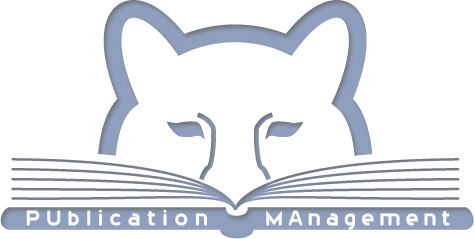The PUMA system.
PUMA allows researchers to self-archiving their research results ("Repository": metadata and digital documents).
The objectives of PUMA are:
- Normalizing the process of data collection, to deposit them only once;
- Checking the quality of data collected and give authority to the content and certification;
- Updating files and maintain over time the availability of data and services;
- Retrieving bibliographic information from existing archives;
- Managing access rights to the digital document according to copyright law and assign a unique identifier to the documents;
- Searching and retrieving documents filed;
- Creating bibliographic lists sorted by type, by year, by author, by group, by contract, etc.. according to requirements;
- Re-using the same data for different applications and services (eg research evaluation, data exchange with the CNR, Institute bibliographies and / or the researcher, personal web pages or Institute, etc.);
- Exchanging bibliographic information with internal and external systems to CNR according to standard protocols (eg OAI-PMH);
- Increasing the national and international visibility to the scientific production (through search engines like Google Scholar, etc..);
- Participating in the movement "Open Acces" making available documents that may be distributed freely (see OpenAIRE (before DRIVER, OAIster) etc..).







